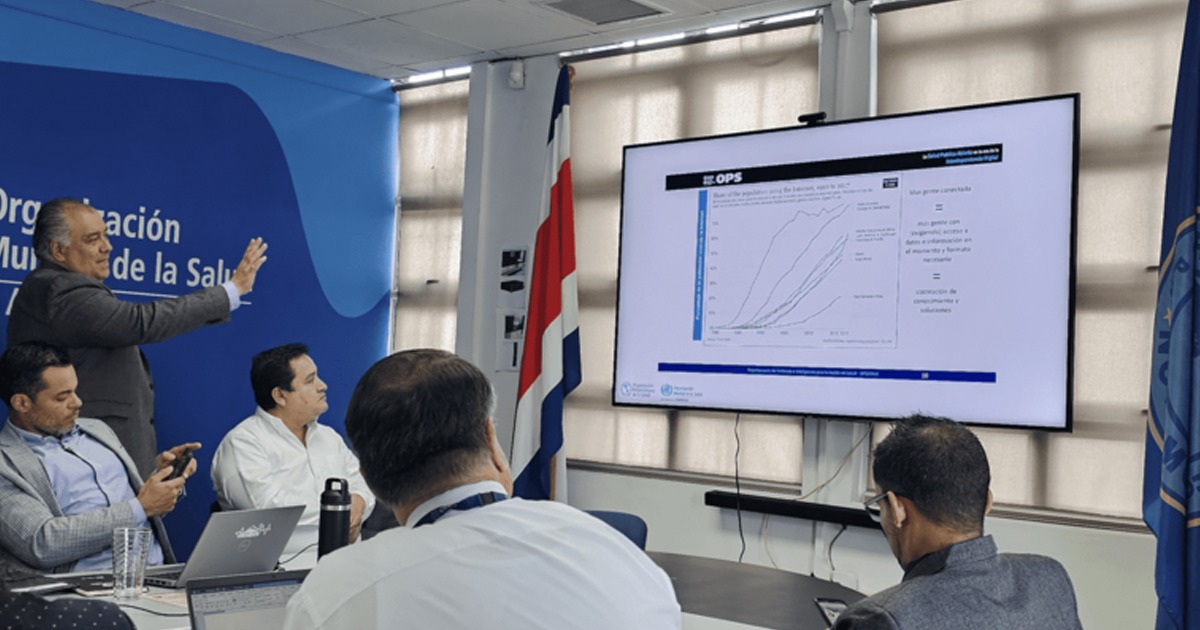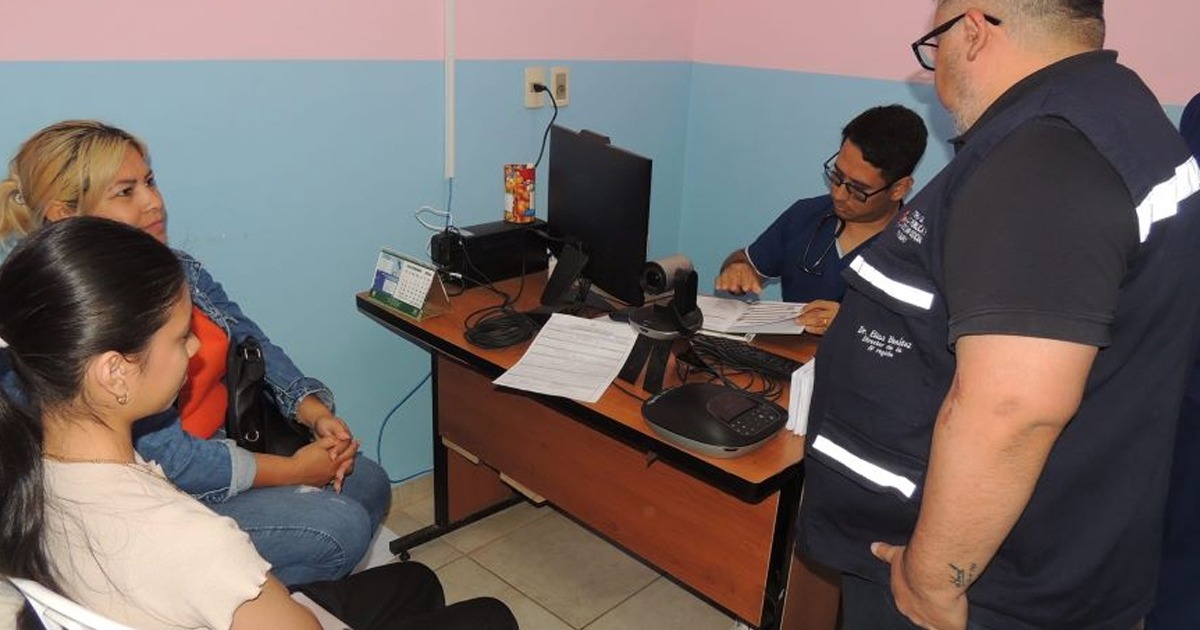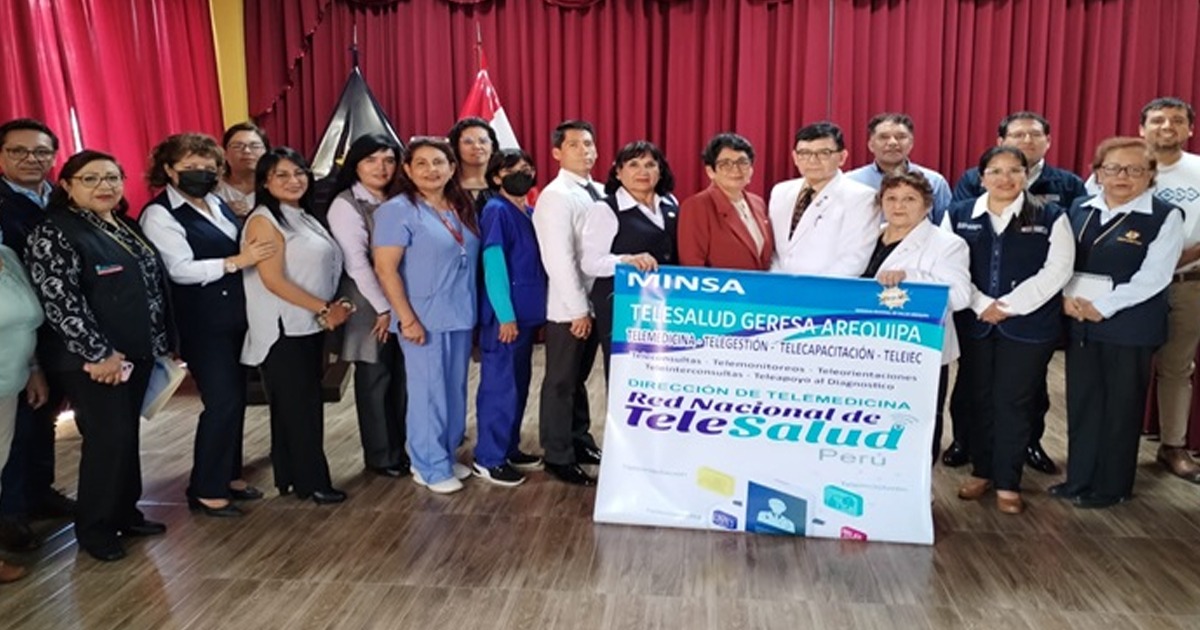The implementation process of the Electronic Medical Record of Uruguay is one of the main examples of digitization of the health system in Latin America.
The path towards the implementation of the National Electronic Clinical Record (HCEN) in Uruguay began in 2007, when the government began a health reform process that led to the creation of the National Integrated Health System (SNIS).
“The SNIS is thinking about the consecration of the right to health by all the country's inhabitants. From this conception, it is a right to know the trajectory of the health-disease process throughout the life of any of the people who are part of the system, and this right is enshrined in the SNIS laws as an essential human right. The EHR is one of the most suitable tools to protect it”, explained María Julia Muñoz, Minister of Public Health of Uruguay between 2005 and 2010.
In this way, the SNIS seeks universal health coverage, through public and private providers. This implies that all health institutions provide comprehensive care, that is, the same benefits, this would facilitate the implementation of the HCEN.
In this sense, towards the year 2012, a new process began that led to the creation of Salud.uy, a digital health initiative of the Uruguayan government, which would give rise to the design of strategies to develop and implement an HCEN. In addition to determining the medical informatics guidelines and technical and regulatory terms.
Created in 2005 at the beginning of the entire project, the Electronic Government and Knowledge Information Society Agency (Agesic), and Salud.uy were key to the deployment of the strategic lines for the design and implementation of the HCEN in the country. .
In 2014, after a fiber optic deployment strategy that began in 2011, they managed to reach half a million active fiber optic connections. And in 2015, the National Directorate of Civil Identification began to issue Digital Identity Cards and electronic signatures.

On the other hand, the IDB contributed approximately 21 million USD for the implementation of this project, through three loans of 6 million in 2013, 2017 and 2021. The loans had different objectives, first the establishment of a digital network of service providers of service, second to consolidate the digital platform for the exchange of clinical information and the third will seek to deepen the first two objectives and increase the use of data from medical records for decision making.
In 2017, Ordinance No. 1085 of the Ministry of Public Health regulated the decree that established the HCEN adoption plan, which all health institutions, public and private, had to comply with. This represented a milestone in the digital transformation of the health sector in Uruguay.
And in the Accountability Law (19,670), "it established that health providers should join the HCEN and defined that people join by registering their information through the provider," according to the Inter-American Development Bank (IDB). . And in 2019, decree 122/019 regulated data management by users and health service providers on the HCEN platform.
Finally, after various ordinances by the MSP during 2020, the following year Law No. 19996 established that the information generated in the HCEN would be the only valid source to certify the health situation of all workers, and it was agreed to December 31, 2022, as the deadline for service providers to comply with said order.
Likewise, the IDB published the document Implementation of the National Electronic Medical Record of Uruguay, which makes an extensive journey through the HCEN process in Uruguay, and recognizes it as one of the most important initiatives in Latin America in terms of Digital Health.
See more about this advance in the digital transformation of the Latin American region: https://publications.iadb.org/publications/spanish/document/Implementacion-de-la-Historia-Clinica-Electronica-Nacional-de-Uruguay.pdf





